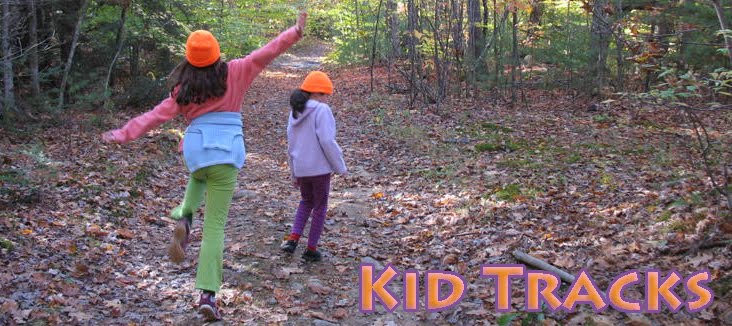Mighty Beanz – and maybe you also have some hanging around the house – are an example of what to leave in geocaching.
Originally It's not very often that having read Nancy Drew books as a kid comes
in handy. But when cracking codes of "mystery" geocaches, you never know
what random knowledge you'll need to puzzle-out the coordinates to find
a hidden treasure.
Geocaching is a game that uses GPS coordinates to find a
hidden box filled with inexpensive trinkets and a logbook. Players,
called geocachers, download the coordinates to their GPS units -- or in
most cases these days, a mobile phone app – and then navigate their way
to the box.
There are many variations on the type of geocaches a player can find.
A "traditional" box is the most common. These are typically the size of
a plastic kitchen-type container (or metal box) hidden in or around
trees and rocks, and typically covered with dead branches or bark (boxes
are not buried). The coordinates to the geocache are posted on
geocaching.com and the easiest way to play the game these days is to
find the listing using a geocaching mobile app on your phone. Once
found, you follow the compass screen until you arrive at the hiding
location.
A variation of the traditional cache – and one that the girls and I
have enjoyed – requires solving a puzzle to actually get the
coordinates. It's a multi-step process that requires a little
brainpower, and sometimes a computer search engine before you head out
to the field.
I found the Nancy Drew-themed mystery cache on geocaching.com and put
my 16-year-old daughter (also a Drew fan from her younger years) on the
job to solve the algebra-like puzzle. She had to identify the
coordinates' missing numbers with the book title's order of publication.
For instance, the letter "A" stood for "The Secret of the Old Clock,"
which is the first book in the series. There were six books listed with
corresponding letters and she had to give each one a number to translate
to the final coordinates.
It might sound complicated, but it really was not all that hard thanks to a website she found with a book order list.
On this listing's page was a feature we took advantage of for the
first time – geochecker.com. This allows players working out mystery
cache clues to check their coordinates. This "checker" link confirmed my
daughter's final coordinates were in fact accurate before heading out
to the location to find the box.
We hiked on a new-to-us trail on the Falmouth/Cumberland line to find
this particular cache. We have driven past the trailhead many times and
never noticed it. But that's another aspect of this game that I enjoy
– finding new hiking trails. Even though I'm pretty well plugged into
popular trail systems, there are a lot of smaller community trails that
are less well-known and it's fun to discover them.
We found several mystery caches the day we went hiking. One included
knowing some random Red Sox trivia and another required knowing our
Roman numerals (thank you Google for refreshing my memory on those).
Some of these mystery caches were too small to leave a trinket (rules
of the game require that if you take something from the geocache, you
leave something else in its place). But at others I was able to find a
new home for some Mighty Beanz we found kicking around our house.
If you're new to the game, try finding a traditional geocache or two.
Then give a mystery cache with a difficulty rating of 2 or 3 a try (5
is the hardest). Trust me that you and the kids will feel kind of smart
by the end of the day.
GEOCACHING VARIATIONS
As geocaching has gained in popularity since its inception in 2001, the game has become more creative with a variety of ways to play. Here are a few examples of game variations.
A MICRO CACHE is the size of an old 35-mm film canister or smaller and can be tucked just about anywhere. This makes them challenging to locate.
A MULTI-CACHE involves more than one set of coordinates to find. Once the initial location is found, the geocacher gets a clue to the next location, and so on, until the final clue reveals the actual hidden "treasure" box. These caches can include both micro and traditional containers, and have varying degrees of difficulty.
A LETTERBOX HYBRID is a cache with a hand-carved stamp, and combines the geocache and letterboxing games. Letterboxing is like geocaching since both hide a box in the woods, but instead of trinkets to trade, there is a hand-carved stamp inside. By combining the artistic flavor of letterboxing stamps with easy-to-follow geocache coordinates (which often have more family-friendly directions than the pace-counting and vague directions typically posted in the letterboxing game), these geocache hybrid boxes can have a lot of appeal to fans of both games.
AN EVENT CACHE is a specific time and place where geocachers meet to play the game together. A big event is coming up for geocachers -- Dec. 12. It will be a celebration of numbers because this is the last time this century the calendar will align. There is an active geocaching community in Maine at geocachingmaine.org so check there for local event cache details.
My family likes to use old metal ammo boxes for our geocaches. They require a little extra coaxing to open in the winter but are more durable than the plastic variety that many geocachers use for their hides.
Mighty Beanz – and maybe you also have some hanging around the house – are an example of what to leave in geocaching.
Originally published in the Maine Sunday Telegram December 9, 2012
Sunday, December 9, 2012
Subscribe to:
Posts (Atom)


